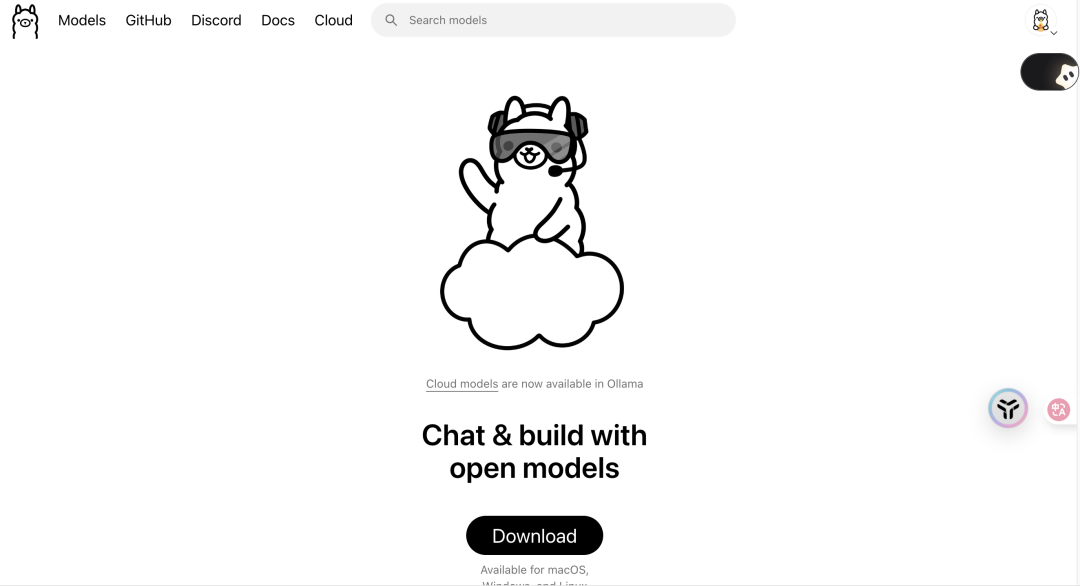Praxos.ai is a kernel designed for AI Agents. It provides a development environment designed to address common challenges when building AI Intelligents, such as context management confusion, complex cue engineering, and system runtime failures. The core working principle of Praxos is to transform raw data from various sources, including documents, APIs or databases, into a Typed Knowledge Graph. This knowledge graph serves as a reliable "source of facts" and structured memory for the AI intelligence, making complex internal data relationships clear and easy for the AI to access and understand. In this way, developers can move from building fragile, one-off AI applications to developing more robust, auditable and scalable AI systems. The project originally originated in the InsurTech space to address the pain point of extracting information from insurance documents and was backed by startup incubator Y Combinator.

Function List
- Transformation of data into knowledge graphs: The ability to parse and transform multiple data sources, including PDF documents, API data streams, conversation messages, and structured databases, automatically integrating them into a single knowledge graph that serves as the memory base for AI intelligences.
- Structured Data Extraction: Provides highly accurate structured data extraction, ensuring that the required data and the correlations between them are accurately grabbed from any source.
- Data retrieval and updating: Supports precise search, retrieval and updating of data, allowing AI intelligences to perform multi-step tasks without forgetting previous actions or critical information.
- Dynamic History Compression: The ability to compress and update interaction histories in real time effectively reduces computation time and cost while ensuring that the AI masters the context.
- Support for multiple file types: Compatible with a wide range of common file formats such as PDF, documents, images, spreadsheets and slideshows.
- Customized Data Types: Allows users to assign semantic and procedural types to each data point, as well as create or extend their own type systems, allowing AI to understand and process data precisely according to specific needs.
Using Help
Praxos.ai aims to simplify the development process of AI intelligences, and its core lies in transforming unstructured or semi-structured data sources into a structured knowledge graph that an AI can understand and manipulate. Though it is a bottom-up tool for developers, we can understand the general flow of its usage through its use cases in the insurance industry.
Step 1: Connect to the data source
The first step in using Praxos is to get the data you need to process into the system. This can be PDF documents containing large amounts of information (e.g. insurance policies, customer data), a company's internal database, or real-time API data streams. For developers, this usually means uploading the document or data stream to the platform via the SDK or API interface provided by Praxios.
For example, an insurance broker can upload PDF files of a client's past policy documents, claims records, and risk assessment reports in bulk.
Step 2: Data Processing and Knowledge Graph Generation
Once the data is uploaded, the Praxos kernel automatically starts processing the information.
- data parsing: The system parses deeply into the content of the document, whether it's a scanned image, a table, or plain text, and it recognizes and grabs the key information contained therein.
- Relationship buildingPraxos does not just extract isolated data points, but more importantly, it understands the intrinsic connections between data. For example, it recognizes the correspondence between "insured" and "policy number" and "amount insured" in a particular policy.
- Generate a knowledge graph: All the extracted and correlated information is eventually built into a unified, structured knowledge graph. This map is like a brain memory bank specially organized for AI, in which all facts and relationships are clearly stored. This process is done automatically, and developers don't need to do the tedious data cleaning and organizing work manually.
Step 3: Build and use AI intelligences
Once the knowledge graph is ready, developers can build AI intelligences on top of it to perform specific tasks.
- Search and retrieval: Developers can accurately retrieve information from the knowledge graph by launching queries to the Praxos kernel via the API. Since the data is already structured, the accuracy of the retrieval is very high. For example, the query can be like this, "Retrieve what is the home address and contact number of all the policies of customer A?" The system will return accurate results directly instead of fuzzy text passages.
- Perform automated tasks: AI intelligences can utilize this structured data to complete complex workflows. In an insurance scenario, a typical task is to fill out a new insurance application form.
- mission statement: The broker gives instructions to the AI intelligence, "Generate a new property insurance application for Client B."
- padding: Upon receiving the instruction, the AI intelligent body will immediately retrieve all relevant information about Customer B in the knowledge graph, such as name, past policy details, assets, etc., and then automatically and accurately populate this information into the corresponding fields of the new application form. Manual operations that used to take hours can now be completed in minutes.
- Information matching and analysis: AI intelligences can also perform more advanced analytical tasks. For example, upon receiving quotes from multiple insurers, the intelligent body can automatically extract key terms (e.g. premium, deductible, coverage) from each quote and generate a clear comparison table to help brokers and clients make quick decisions.
Step 4: Audit and Traceability
In heavily regulated industries such as finance and insurance, where operational traceability is critical, Praxos automatically records every data change and intelligent body operation log in the background, creating a complete audit trail. This means that when regulators need to verify, they can easily provide a detailed history of operations, proving that all processes are compliant.
Through this process, Praxos transforms heavy paperwork that would otherwise require extensive manual reading, copying, and pasting into automated tasks efficiently performed by AI intelligences, allowing professionals to devote more energy to more valuable tasks such as client communication and decision-making.
application scenario
- Automation of insurance operations
Praxos helps insurance brokers automate routine tasks, such as filling out a new insurance application by automatically reading a customer's old policy documents, or condensing complex quotations returned by multiple insurers into easy-to-compare forms. This reduces paperwork that used to take hours or even days to a matter of minutes, dramatically improving processing efficiency and customer service speed. - Enterprise AI System Development
For organizations that need to build an internal AI system, Praxos provides a reliable underlying kernel. Enterprises can integrate documents, databases, and business process data scattered across different departments into Praxos to form a unified knowledge graph. Based on this, enterprises can develop AI intelligences that can understand the complexity of the company's internal situation for scenarios such as intelligent customer service, internal knowledge Q&A, and process approval automation. - Finance and risk management
In the financial industry, where practitioners deal with large volumes of reports and customer documents for risk assessment, Praxos extracts key data points and correlations from these unstructured documents, helping risk managers and analysts to quickly grasp the full picture of their customers and make more accurate risk analyses and decisions, while ensuring that all operations are well documented.
QA
- What does Praxos.ai do?
Praxos.ai is an underlying development environment, also known as a "kernel", for AI intelligences. It solves the problem of handling complex data and unreliable processes when building AI applications. It allows AI intelligences to accurately and reliably query information and perform automated tasks by transforming various data (e.g., PDFs, databases) into a structured memory called a "knowledge graph". - How is Praxos.ai different from a regular AI chatbot?
Ordinary AI chatbots often rely on their large, generalized training data, and have limited and unreliable understanding of specific, private information (such as a company's internal documents). Praxos, on the other hand, focuses on solving this problem by first structuring the private data you provide into a knowledge base that the AI can accurately understand. AI intelligences built on this foundation base their answers and actions on this reliable knowledge base, rather than fuzzy guesses, and are therefore more reliable and accurate when dealing with professional or enterprise-level tasks. - Do I need programming knowledge to use Praxos?
Yes, Praxos is primarily a developer-oriented tool (SDK and API). Developers use it to build powerful AI applications for end users (e.g. insurance brokers). For end users, they use already developed software interfaces without direct exposure to programming.
































